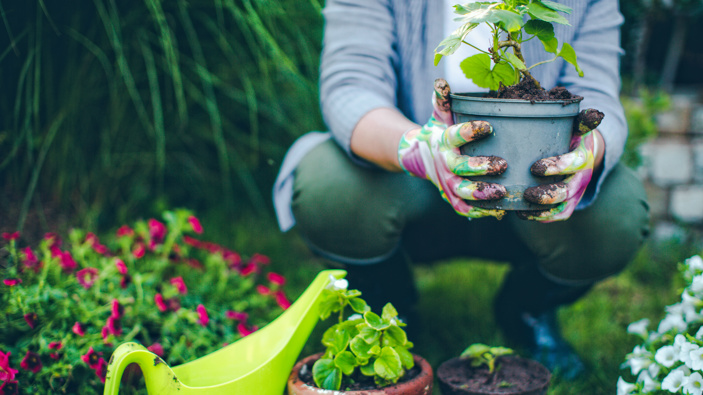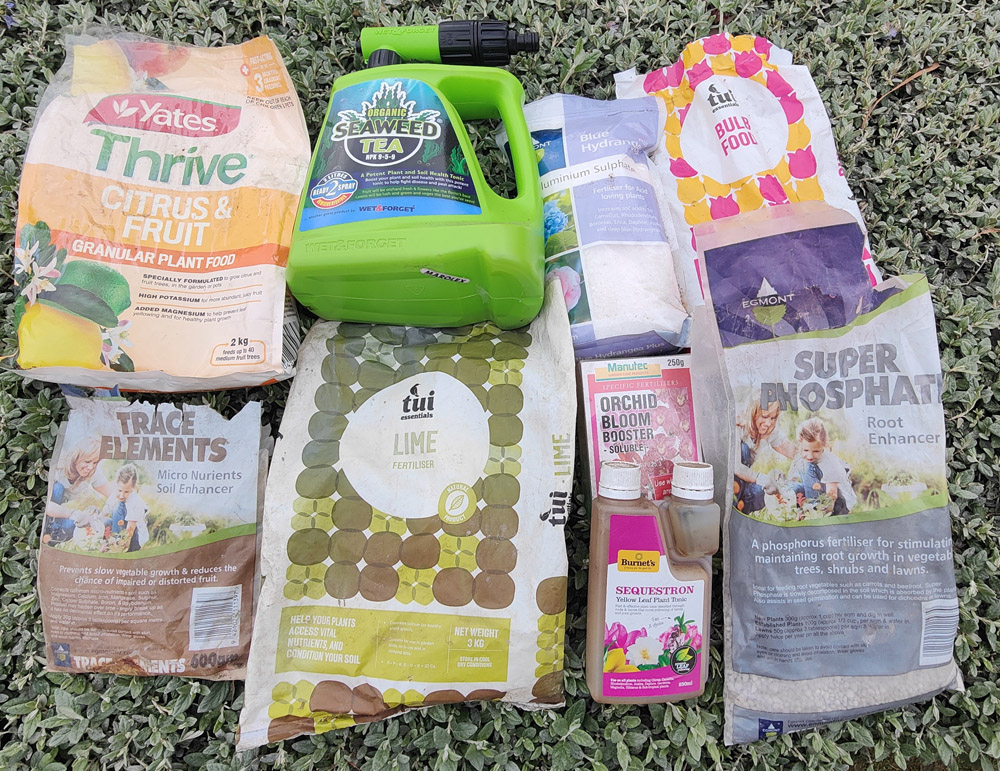Follow
the podcast on


Plants need a couple of really important chemicals to give them a healthy life and growth.
We all know the top three elements: Nitrogen (N), Phosphate (P) and Potash (K), but Magnesium (Mg) should also be in the line-up of important nutrients
A lack of any of the mentioned nutrients will show specific symptoms on the Plants:
A lack of Nitrogen (which supports leaf-growth) makes leaves looks small and weird – often quite yellow, especially the older leaves. Nitrogen is often transported by the plant from old leaves to the younger leaves, to give them some small chance to survive and keep photosynthesis going.
Phosphorus deficiency (important for root growth): Purpling of leaves; you can see that clearly in tomatoes. In severe cases the leaves will start to die around the edges.
A lack of Potash (potassium – stimulates flowers and fruits) often shows up in the form of chlorosis (yellowing of the leaves in the area between the veins). Even the young leaves are struggling and show wrinkling, which often causes them to die. Few Flowers and/or fruit is a dead give-away.
A Magnesium deficiency (stimulates Photosynthesis) is characterised by distinct curling of the leaves as well as that Interveinal chlorosis (yellowing between the veins) mentioned before. Sometimes the leaves get a red tinge or lots of brown dead spots on the leaves… a real mess!
The Micronutrients are needed by plants in much smaller quantities, yet they are absolutely important to keep your plants in good condition
A lack of Micronutrients can create all sorts of troubles: stunted growth, dark green veins in yellowing leaves, die-back of stems and twigs, smaller leaves with die-back, leaf scorching, and discolouration…
It’s not difficult to find the symptoms.
There are many types of fertilisers on the market: the “general fertilisers” often have an NPK code on the package – some are granular, some are in liquid form.

Higher N will stimulate green matter (leaves). Higher Phosphate is great for root crops. Higher K stimulates Flowering and Fruit set.
But the “Trace elements” are the packets that will look after most of the Micronutrients; we often forget those!
Micronutrients also come in different formulae – some gardens (and soil conditions) need more than others.
You can even buy some Nori (のり) at the supermarket: Japanese seaweed! It’s harvested from the ocean, the largest nutrient trap on the Planet! It has lots of trace elements that are useful for your garden, made from rinsed seaweed.
Check that it has less than 4%, so you know it has been rinsed, and the amount of salt has been reduced – too much salt is not good for the plants!
LISTEN ABOVE
Take your Radio, Podcasts and Music with you









